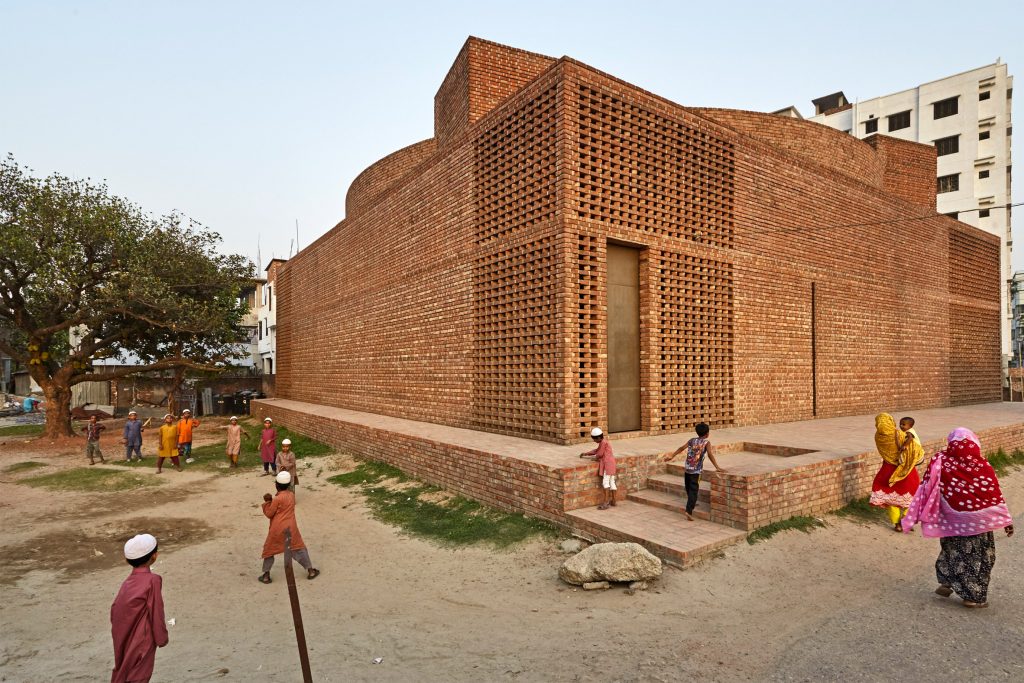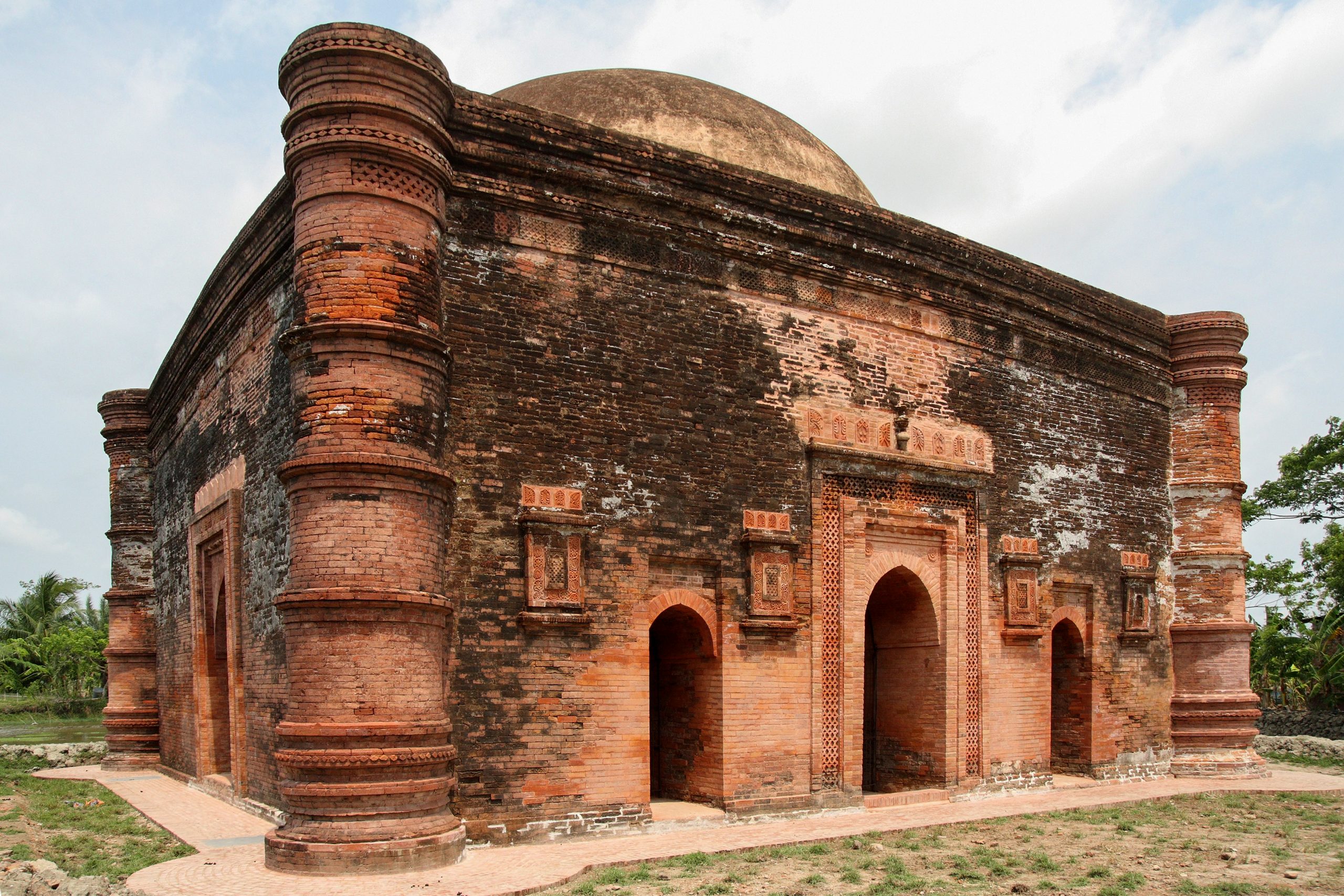Of Ornaments in Architecture
In his book Moderne Architektur, published towards the end of 19th century, Otto Wagner brings forth the idea that it is necessary for an architect to find a sense of fulfillment that is inherent within themselves. He argues that this feeling of satisfaction should encourage an architect to continue working with love and dedication, even if the financial rewards are inadequate.
Wagner suggests that since architecture can create beautiful forms not found in nature but are yet appealing to humans, it represents the highest manifestation of human skill, approaching the divine. Evidence of this can be found in the fascinating influence that architectural creations exert on people, which inspires them to reflect. Hence, architecture must be recognized as the most “powerful expression of art.”[1]
In his writing, Wagner goes on to explain that the main reason the significance of the architect has not been fully recognized is due to their usage of forms. Specifically, it lies in the language the architect has used to communicate with the public, which, in many cases, is entirely incomprehensible. This is why Wagner proposes that the architect should develop the art form with a foundation in construction. This issue of challenges involving communication of architects is also addressed by Farshid Moussavi in her book, The Function of Ornament. Moussavi proposes that architecture requires mechanisms to establish connections with culture, which is done by consistently by utilizing the factors that influence society. In contrast to Wagner’s time period, in the 21st century, the architect can focus on addressing the harmony between interior and exterior of a building. Moussavi also brings forth the challenge of “symbolic communication,”[2] as definitions of symbols or icons have multilayered meanings and significance in today’s diverse and cosmopolitan society. This can be exemplified in the headquarters of the Communist Party of Socialist Republic of Macedonia, built in 1966 by Petar Mulichkovski. With new construction systems and a dynamic arrangement of forms, the building became a notable example of modern architecture in Macedonia in the 1970s. However, four decades later, to address the country’s rising nationalistic ambitions, the building’s exterior was completely transformed from a modern façade to a much controversial imitation of neo-classicism. This raises the question of where to draw the line between symbolic and literal methods of communicating an ideology through architecture.


Image source: https://worldarchitecture.org/
These forms of artistic expressions of symbolism would be heavily criticized by Adolf Loos, who wrote the much-debated essay, Ornament and Crime, published in 1908. He emphasizes the idea that a nation can proceed culturally only when it sheds its reliance on ornamentation. Loos suggests it is a loss to the national economy when human labor, finances, and resources are wasted in the process of creating ornamentation. And thus, he considers ornamentation to be equivalent to committing a criminal activity. However, Moussavi argues that ornamentation is necessary as it is the link connecting building material and the impression it creates. This relationship between building material and its affects is evident in mosque architecture of Bangladesh.


The Chunakhola Mosque in Bagerhat, which dates back to 15th century, exudes a sense of refinement and solemness with its plain brick texture on the façade. The Bait ur Rouf mosque, built in 2014 by Marina Tabassum Architects (MTA), radiates a similar feeling of profundity and gentle grandeur. This splendor, which can often be associated to scale, is considered to be a trademark of compositional qualities of modern architecture by Wagner. According to him, modern architecture should develop a style based on humanity’s inherent ideology about the concept of beauty, a distinct shift from past traditions, and a focus on the all-encompassing presence of reason in all built works. All three of these qualities are evident in Bait ur Rouf mosque by MTA.
Loos concludes his essay by pointing out that “lack of ornament is a sign of spiritual strength,”[3] and that it “does not give zest to life.”[4] It is clear that Loos is reacting to the prevalence of the Art Nouveau style that was popular during the 19th century. On the other hand, as highlighted by Moussavi’s book, ornamentation can be functional as well, for instance, through the usage of exterior cladding as a protection against weather conditions. Based on these comparisons, is it practical to consider ornamentation to be a crime in the 21st century?
[1] Loos, Adolf, Ornament and Crime: Selected Essays. (California: Ariadne Press, 1998). p. 6.
[2] Loos, Ornament and Crime, p. 2.
[3] Wagner, Otto. Moderne Architektur, trans. By Harry Francis Mullgrave. (Los Angeles: Getty Research Institute, 1996). p. 62.
[4] Moussavi, Farshid. The Function of Ornament. (Spain, Actar D, 2022). p. 6
